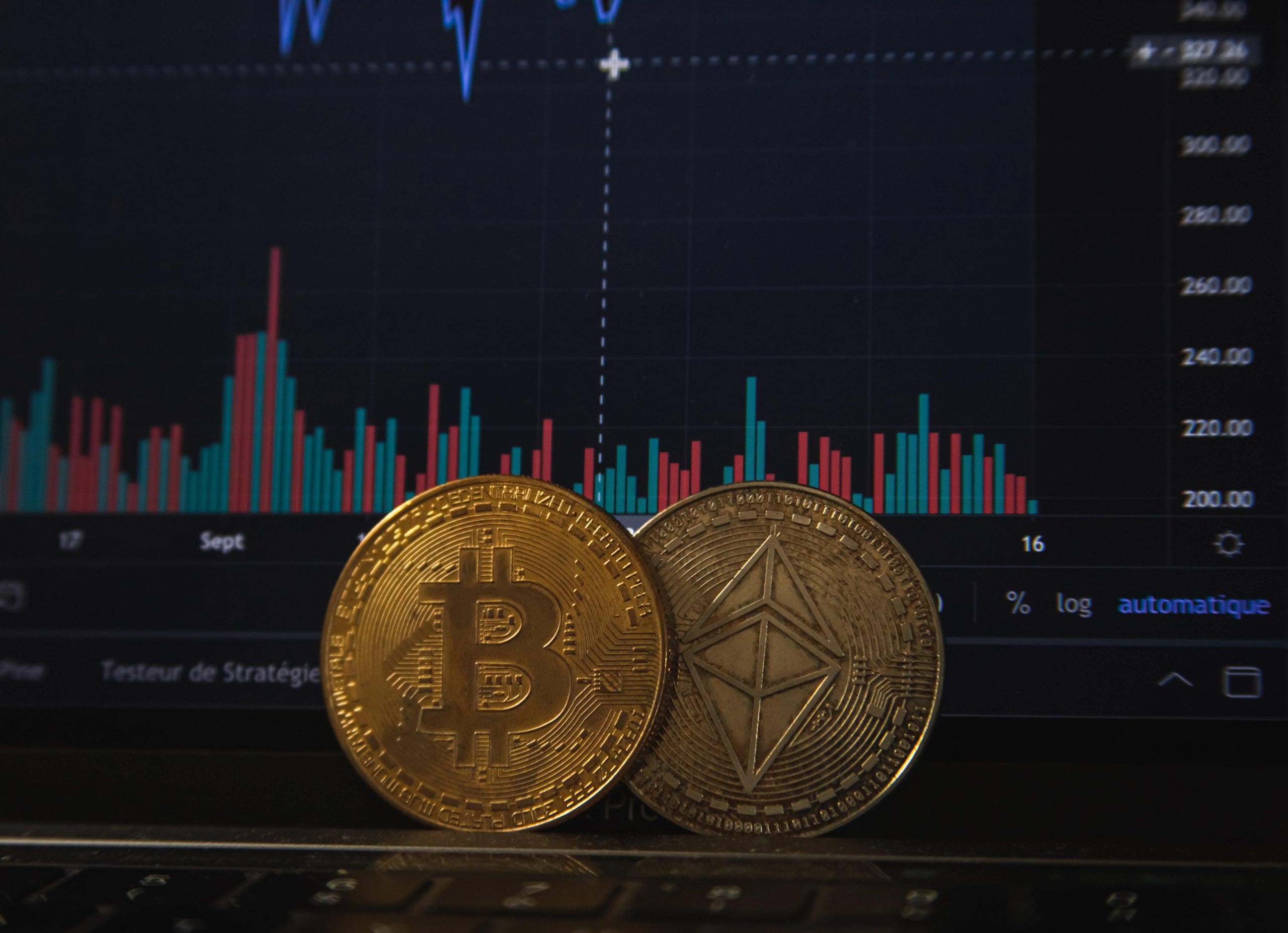Picking a suitable crypto exchange can be a complicated process. But first and foremost, an investor should look for a secure exchange. As crypto has grown in popularity, it has increasingly become a target for hackers. And many leading exchanges have been hacked to the tune of tens of millions.
While exchanges often reimburse those whose coins are stolen through their insurance, an investor probably wants to avoid being in that position to begin with. That’s why it’s important, to potentially minimise that risk and only invest on reputable exchanges.
An investor may be able to further minimise their security risk by spreading their crypto purchases across multiple exchanges or moving their crypto off of an exchange’s default wallet to their own secure “cold” wallet that is not automatically connected to the internet (and therefore should be much harder to hack). Although they’ll need to keep up with their passcode or they could lose access to their crypto forever. It’s also wise to look out for withdrawal fees when moving crypto off of an exchange. These often vary by coin type.
Also consider the cryptocurrencies available on a given exchange. An investor might be perfectly OK using a crypto exchange with only one coin if it’s the only coin they want.
But sheer availability of coins does not tend to be sufficient if there are no trades happening. An investor might ideally want to see hundreds of millions of pounds of daily crypto trading happening to ensure they’ll have enough liquidity, so they can easily trade their coins and sterling when they want or need to.
If an investor is an advanced crypto trader, they may want to make sure their preferred exchange offers the trading types like limit orders, which can potentially prevent slippage by setting a hard price, and margin they want. Remember trade types involving the latter are still evolving, so different exchanges’ offerings may vary over time.
For those just getting started with buying cryptocurrency, it might be wise to look for an easier-to-use platform with thorough educational resources to help them understand this complex, rapidly developing commodity. However, any ease of use should not be mistaken as there being less risk involved.
And don’t forget about fees. An investor may be fine with paying a premium for a simpler interface when they’re still learning the ropes, but higher fees eat into their eventual returns. Many high-frequency traders especially want to lower costs. Finally, don’t assume that an exchange is available in the UK just because its website is accessible.
This article was originally published by a www.forbes.com . Read the Original article here. .

